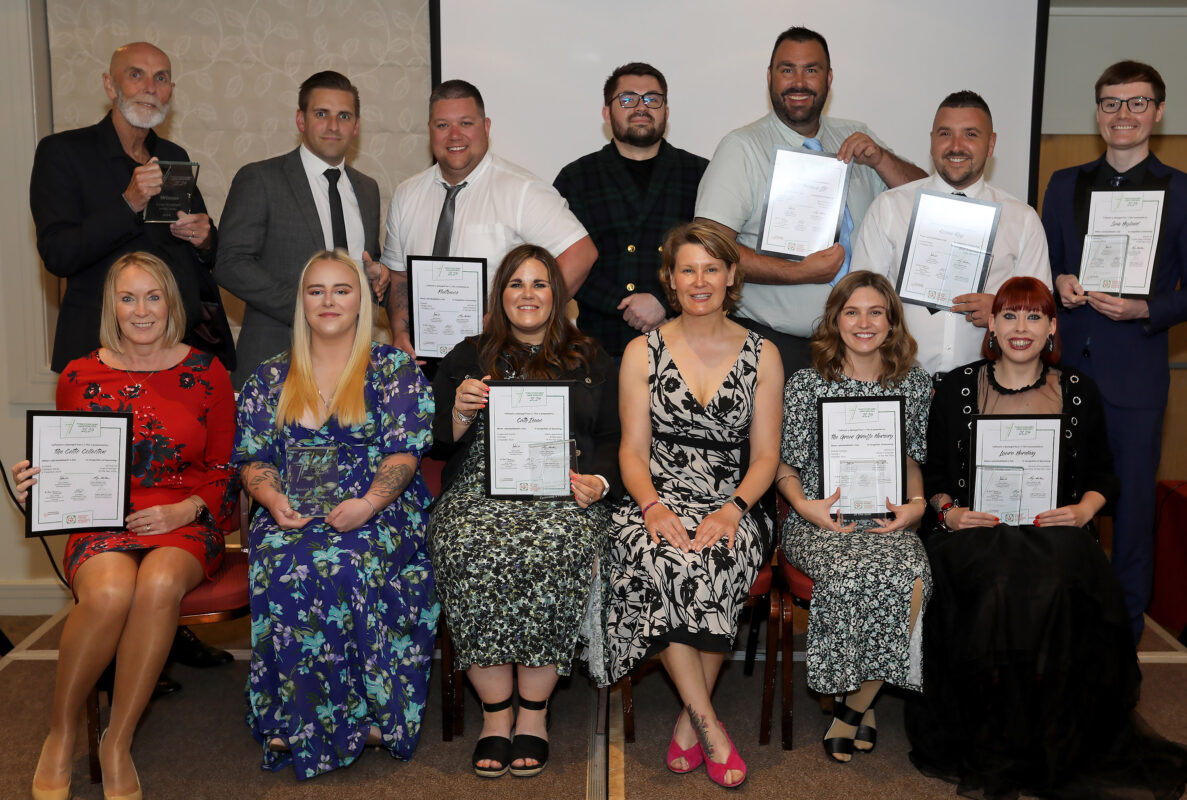Nature VS Nurture: Teaching Forgotten Creativity in Further Education

Here, Nick Lovegrove, principal lecturer, explains how universities can support students to develop creative and design skills for later career development.
Having worked in graphic design since the late 90s and teaching at the university for eight years, I have witnessed a game changing levelling of the playing field – the adoption of digital technology, has helped more people than ever before become confident with design tools to tap into their creativity.
The variety and accessibility of modern design programs means there are more ways than ever for people to express themselves creatively. I recently contributed to a report from Serif, developer of the Affinity creative suite, called ‘Nature and Nurture: How universities can help everyone learn design skills’ on the benefits this is having for diversity in design courses, allowing more people than ever to develop skills in UX design and typography, which were previously exclusive to just those industries.
This is great news for creative people, and at higher education levels it gives the opportunity to teach uncultivated creative skills or re-teach those which have been forgotten.
While creativity is often seen as a gift we innately do or don’t have, it isn’t as simple as that. It is a skill we’re all born with and can nurture as we grow. And, like any other skill that we stop using, overtime we can lose our creative abilities too – but this means it can also be re-taught.
Teaching creativity at university
While it can be challenging to encourage young people to experiment with creativity, it is possible – and it’s up to us as educators to draw it out of them. All individuals have a natural talent in creative topics, whether in specific areas such as writing, drawing, coding or collage, or in more general areas like coming up with ideas for ad campaigns or problem solving. Each is just as important and holds just as much power as the other.
Higher education courses that want to inspire creativity should be idea focused. But in the case of my design students, and many others, they still really need to produce lovely work. Using professional software to collaborate and explore, as well as producing visually appealing and well-crafted work is crucial for their final grades.
Most students love being taught about different types of software, it gives them a huge sense of satisfaction to follow a really steep learning curve. As creative as you may or may not be, in the real world, your work needs to appeal not only to clients but also to the general public.
In Serif’s report I talk about how young people often only have a few seconds to make an impression with their design work to convince potential employers they are worth hiring. So, it’s important to use good software that pays justice to their skills and ensures their final product is impactful.
This was mirrored by Ben Viney, product expert at Serif which develops the Affinity suite of creative software, who pointed out that many design students become stuck in a kind of limbo after graduation and when their student licences expire on products. Many find they’re unable to afford expensive professional-grade software, but unable to get a job without a strong up-to-date portfolio or attractive CV.
The benefit to later careers
A student’s creative journey can encompass a wide range of skills, and each skill set can lead to different career paths. For example, those on a graphic design course, may focus on motion design and pursue careers in animation and moving image production, while others may work in advertising, marketing or visually appealing graphics as part of their day-to-day role.
Demand for some level of design skills is increasing across most industries. Whether a company is in the creative sector or not, it will have design requirements. Being able to create impressive pitch decks or presentations for clients without relying on external design agencies is a valuable skill in itself – which adds employability and value to any CV.
Despite my bias for graphic design, the benefits of teaching core creative skills go far beyond these traditional industries. As the world of work continues to be changed with new digital tools like artificial intelligence, creativity will become an even more important part of an employee’s toolsets.
An IBM study of 1,500 executives ranked the ability to be creative as their most desirable skill – because it helps keep staff engaged in their jobs when things around them change, and to overcome new challenges quickly – something that is vital as technology continues its exponential development.
Creative skills are also key when thinking about brand strategy, making them essential for budding entrepreneurs. For them, creativity is the central component for starting a business with a new product or idea that is going to make them stand out and change the game within their field.
University educators form the gateway between a student’s education and their working life, making it a key time to develop those core skills that may have been neglected from childhood into adulthood.
Creativity is often one of those skills. Whether through design or otherwise, this has to change, to allow students to not only experience the joy of creative expression but also something that will benefit them for the rest of their lives – and ultimately their careers and future employers.
By Nick Lovegrove, Vice Chancellor and Programme Leader for the BA (Hons) Graphic Design and Illustration courses at the University of Hertfordshire’s School of Creative Arts
To read more on Nick’s thoughts on how higher education can help reignite student creativity, read Serif’s guide ‘Nature and Nurture: How universities can help everyone learn design skills’.
FE News on the go…
Welcome to FE News on the go, the podcast that delivers exclusive articles from the world of further education straight to your ears.
We are experimenting with Artificial Intelligence to make our exclusive articles even more accessible while also automating the process for our team of project managers.
In each episode, our thought leaders and sector influencers will delve into the most pressing issues facing the FE sector, offering their insights and analysis on the latest news, trends, and developments.











Responses